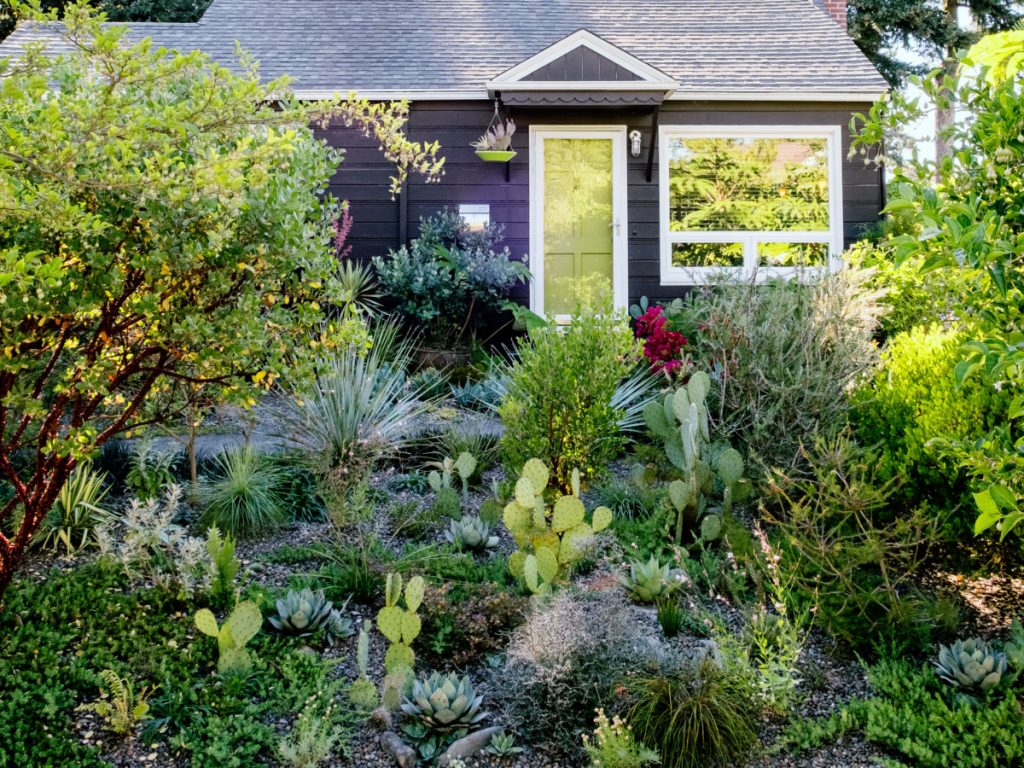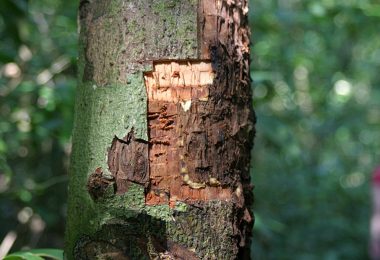
Desert residents that enjoy gardening are often surprised at just what will grow in the challenging conditions of the Southwest.
Extremes in temperature, sparse soil with few nutrients, wildlife, wind and minimal rainfall can prove challenging, but with perseverance and ingenuity, it is possible to grow semi-tropical plants, cacti, grasses, shrubs, trees, and a wealth of vegetables year-round. Something that will make you the envy of those living in the icy Northeast.
Before spending money on costly plants that may not be suitable for your location, carry out a soil test that will help you to prepare your land.
Often gardeners find that raised beds, filled with specialist soil mixes produce the most successful and consistent results. If you are determined to plant into the ground, and want to grow non-native species, you may find yourself having to invest in a costly irrigation system. You will also find that, regardless of what you plant, the ground will benefit from compost treatments of decomposed vegetable matter, wood chips, dried grass cuttings, pine needles and straw. Compost feeds the ground, helps to suppress weeds and retain vital moisture.
Be aware of the movement of the sun around your garden, and where the walls of your home and any established vegetation throw shade throughout the day. This will be helpful in planning the layout of the garden and any social and seating areas you may want to include.
Don’t just assume that all types of cacti are going to grow in your location. Some varieties simply don’t tolerate the wind and extreme cold. Cacti generally grow best in alkali soil, are fairly adaptable and need relatively little maintenance. No desert garden would be complete without at least a small homage to this desert native. Establish your cacti in gravel and sand and plant them at least 2.5 feet into the ground, ensuring that there is good drainage. Plant in an area where water is retained, and the roots and plants will soon rot.
With longer growing seasons, vegetable gardening provides opportunities to grow a wide variety of vegetables from tomatoes and lettuce to beans, corn, okra and peppers. If you time it right you could be reaping vegetables, pretty much year round, with the exception of the blistering heat of high summer.
If the thought of establishing a garden initially proves daunting, plant yucca varieties in even the hottest areas of your garden. Their growth will serve as encouragement to be more adventurous. Move on then to planting bougainvillea and oleanders. Soon, you’ll be feeling brave enough to experiment in finding what works best for the specific challenges you face.






how to buy enclomiphene uk order
enclomiphene australia where to buy
sans ordonnance kamagra france achat de
livraison le lendemain kamagra pas cher
generic androxal online
buy cheap androxal canada purchase
cheap flexeril cyclobenzaprine canada on sale
purchase flexeril cyclobenzaprine new zealand
get dutasteride cheap info
ordering dutasteride cheap usa
buy cheap gabapentin cost at costco
buy cheap gabapentin cheap online pharmacy
buy fildena in Chicago
purchase fildena uk cheapest
how to order itraconazole australia online generic
online order itraconazole canada internet
buy staxyn cheap uk buy purchase
discount staxyn canada how to buy
discount avodart cheap prescription
ordering avodart cheap uk
discount xifaxan cheap mastercard
Buy xifaxan online
buy rifaximin purchase online from india
buying rifaximin usa suppliers
levné prodeje kamagra
nejlevnější usa kamagra